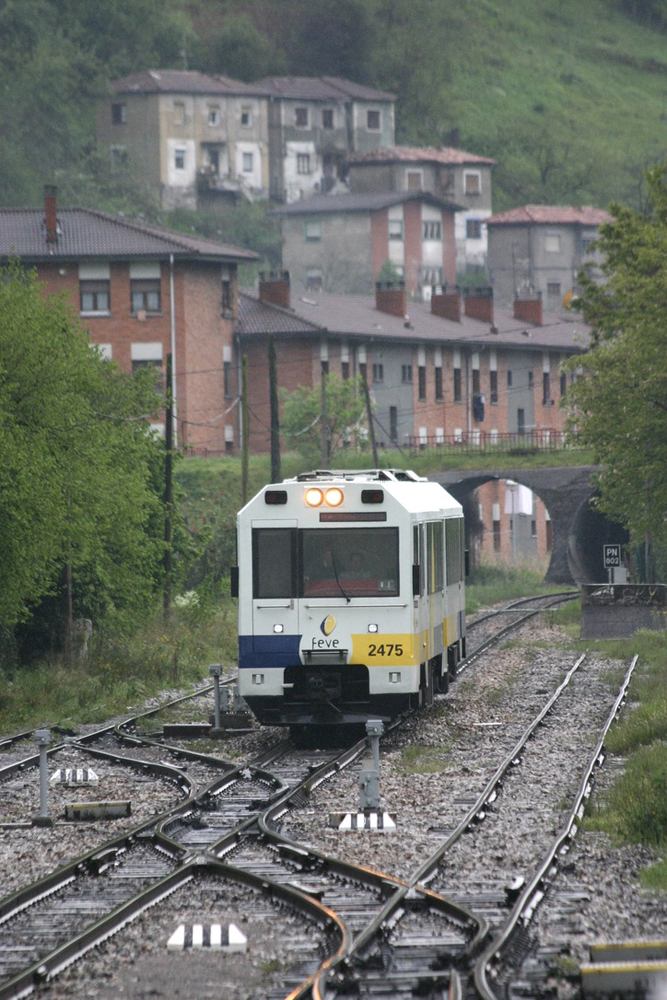
MADRID — Spain’s transportation secretary and the head of national rail operator RENFE have resigned following an order for new regional trains that has become a national scandal.
Transportation Secretary Isabel Pardo de Vera and RENFE President Isaías Táboas quit their jobs Feb. 20 in the wake of public and political criticism of a delayed contract to provide new regional trains in northern Spain. The trains’ proposed design would not fit through some bridges and tunnels.
The trains concerned are new regional electric multiple-unit and bi-mode electric/diesel multiple units for the meter-gauge network in the Asturias and Cantabria regions. That network, developed in the 19th and early 20th centuries mainly to serve coal mining companies and their workers, was built with small tunnels and bridges to save money. It was previously run by a specialist narrow gauge company known as FEVE, but in 2012 was merged into national rail company RENFE. The tracks themselves are the responsibility of Spain’s national rail infrastructure company ADIF.
Spanish firm CAF won a $270 million order for 37 new meter-gauge trains in 2020. Most of the new trains (26 EMUs and the five bi-mode sets) were bought for use on the former FEVE network; the remaining trains, which are not affected by the design problems, were specially designed for a separate, isolated meter-gauge line from Cercedilla to the mountain resort of Los Cotos near Madrid.
Too big for tunnels
Widespread criticism came early this year with the discovery, as the new train design was being finalized, that the records held by infrastructure owner ADIF for the ex-FEVE network regarding clearances and structure gauge did not match the train specification RENFE put out to tender. This meant the proposed trains would literally not fit through tunnels on the routes for which they were to be built!
A public blame game played out in the Spanish media earlier this month between operator RENFE and the infrastructure authority, with each party appearing to blame the other, leading the government to intervene.
Initially the Spanish government attempted to deflect any blame, with two senior managers, one from RENFE and the other from ADIF being dismissed. Ultimately, it seems the government has acknowledged that the two companies it owns have caused the mess, hence the resignation of both the minister and the RENFE president.
The Spanish government, while admitting the trains delivery will be delayed until 2026, claims no money has been wasted, as the trains have not yet been built and they will be redesigned to ensure they can be used. This is unlikely to be true, as the redesign process will add to the overall project cost. In the meantime, the government has announced free travel on the lines concerned until the new trains are delivered. While politically attractive, this doesn’t help the train operators, as it will lead to less income to cover the cost of the new trains.
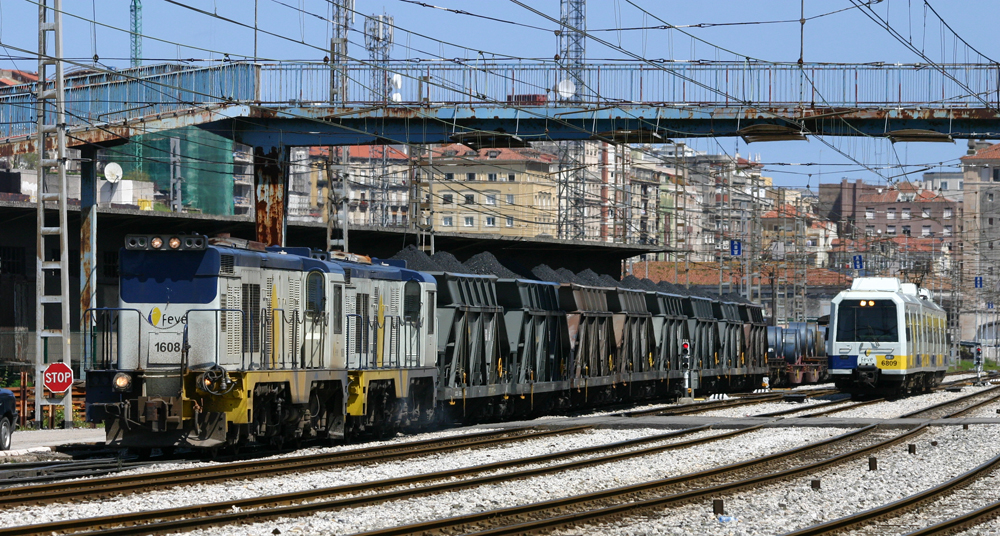






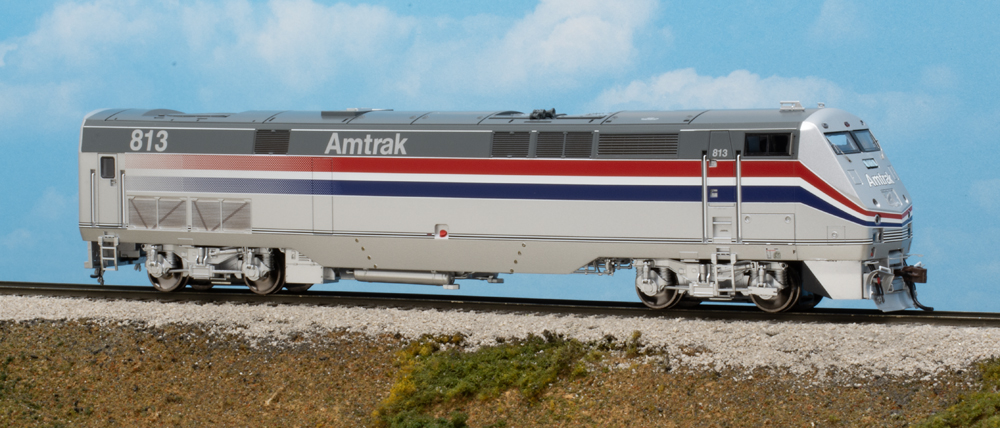
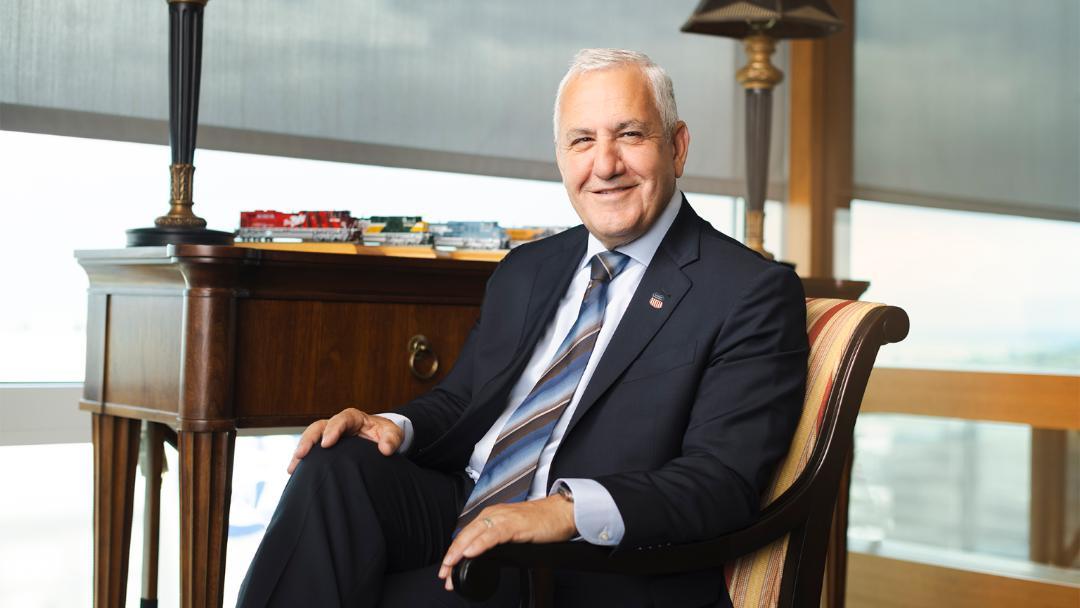
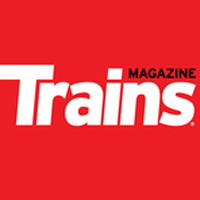
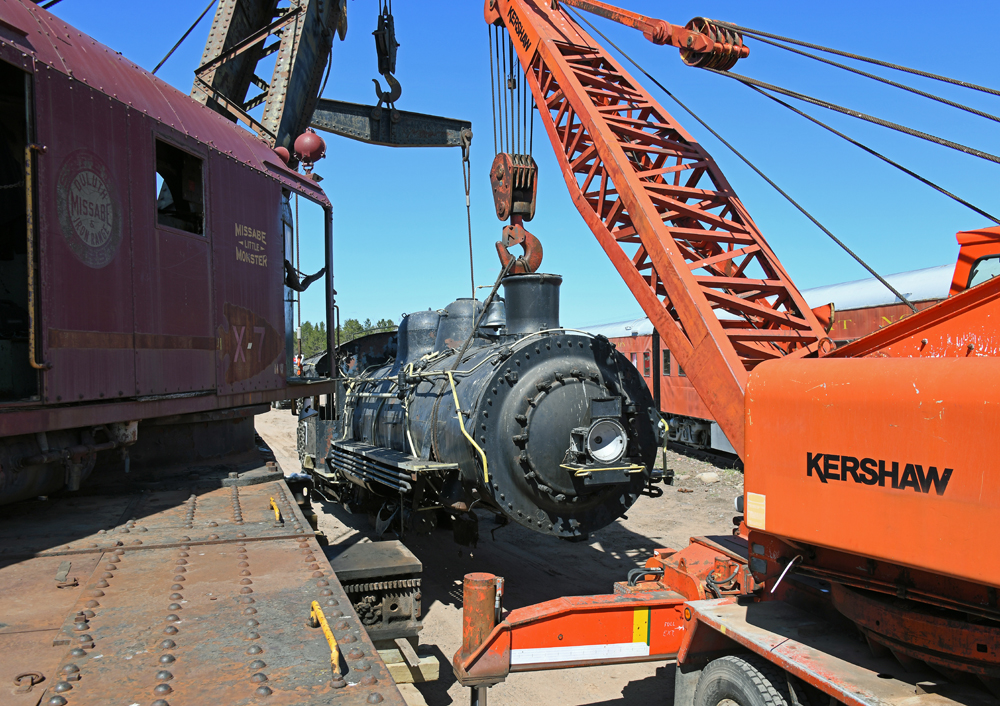




IMO CAF is getting a pass with bone head screw up. Since CAF built the present trains on the narrow gauge line why didn’t some one at least look at the old plans to get an idea of what was operating? Another of not invented here. In this case not invented this year.
CAF certainly did not learn its lesson on measuring properly with the V-2 Amtrak measuring fiasco. The other item is to check and recheck not done by RENFE .
Anybody is capable of a mistake. I made a few in my own career. Management is supposed to set up teams that check and recheck each other’s work. And that the next level up of supervision asks questions of the technicians below. But management is usually too busy on more important stuff, like making sure nobody makes waves.
SAMPLE of what should happen: Technician #1writes down the loading gauge. Manager asks, where did he get that information and who verified it.
SAMPLE of what actually does happen: Supervisor noticed Technician #3 speaking to a newspaper reporter. Technician #3 is reassigned to irrelevant work..
How many tunnels and bridges. How many linear meters of each one? Spain is slowly converting broad gauge to standard gauge. By the same token it is time to convert the meter gauge to standard. There have been long standing complaints the NW portion of Spain ( Basque ) has been ignored compared to the rest of the country.
Unless it has changed There is no standard gauge RR due north from Madrid to the western end of the Pyrenes ( Hendaye ) into SW France onto to French standard gauge rail network? Then Bordeaux to Paris. As I recall standard gauge goes about 1/2 way to Hendaye from Madrid stopping at Burgos.
They did measure twice. They “forgot” to verify they had the same answer.
Maybe they should try feet, an inches instead of the metric system.
Measure twice, cut once.
This Dilbert cartoon should describe the situation accurately: https://dilbert.com/strip/1997-03-26
Did RENFE consult Amtrak even? I recall reading this happened with the Illinois Terminal ca. 1946-7 when orders for streamlined trains being built for the Soviets were cancelled leaving the cars partially built and available. The IT jumped at the chance to get the cars cheap; then after buying them discovered there were curves leading into the Peoria station and other locations the cars couldn’t do. So passengers wound up boarding out of town at East Peoria and a lot of passenger traffic disappeared. The cars served only 1948-56 and at retirement were badly vandalized; even though some lasted as late as 1981 none were preserved.
The Illinois Terminal Streamliners:
https://en.wikipedia.org/wiki/Streamliners_(Illinois_Terminal_Railroad)
Had a clearance problem when leaving the Peoria station (on the west side of the Illinois River) when reaching the approach for the river bridge. The front pilot got stuck in the area between the rails. Rather than covering the expense of regrading the approach, the IT simply moved boarding from Peoria to East Peoria to avoid the bridge altogether. Since the other cars all dated back prior to 1920, they had higher ride heights and wider turning radii.
The Streamliners were designed for comfort and most of all speed. The trucks did not turn as far as the old cars did and were restricted from certain street running becuase of this. This was one reason why the service stopped at Decatur, as they could not reach Terminal Station in Champaign-Urbana.
The cars were then sold for scrap and were later discovered sitting in the back of the scrappers yard for nearly 30+ years. Seems when someone approached the owners about buying them, they were broken down almost immediately.
Why the IT didn’t get an example and test it on their system is still a mystery. It was said St Louis Car offered them a great deal and they jumped on it.
If you think this doesn’t happen in the US anymore is mistaken. When TriRail and Brightline signed their agreement to allow TriRail trains into Miami Central, no one had bothered to measure or test if the TriRail trains would even fit in the station. It was only after the contract was signed TriRail found out they couldn’t fit in MiamiCentral. Adjustments have since been made which accomodates TriRail, but a couple of cars lost a lot of paint and some executives lost a lot of ego after the test failed.
RENFE, never again seek consultation with Amtrak!
Will we soon see these officials at Amtrak?
Good organizations over communicate. Bad ones, not at all.
Of course, lets not look into the obviously more expensive alternative, but what about enlarging said tunnels and raising the clearances for the bridges instead of smaller trains.
To this day, I still can’t understand how these things happen. Requirements are requirements.
Simple: too many managers. When a lot of people are milling about everyone assumes someone else has looked at the details.